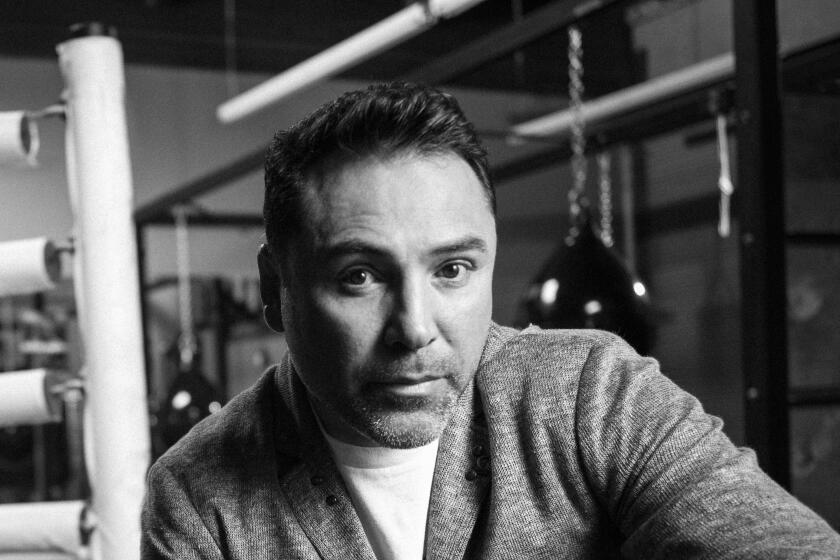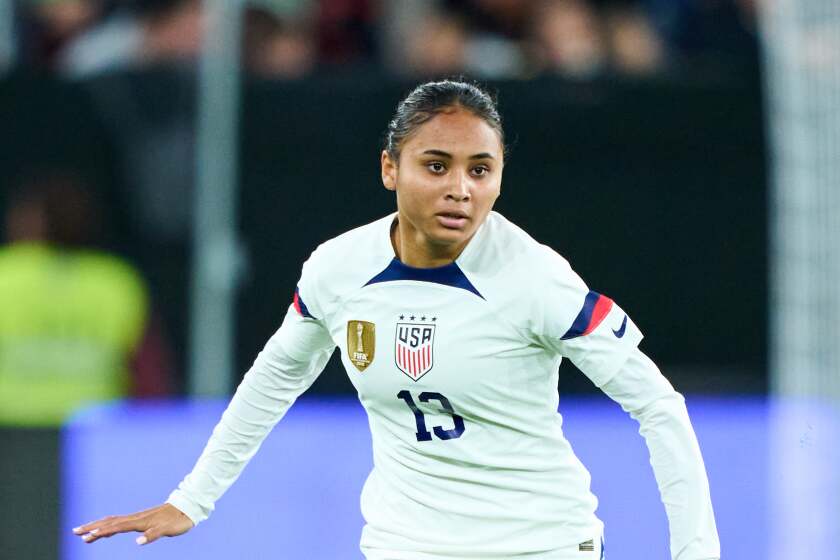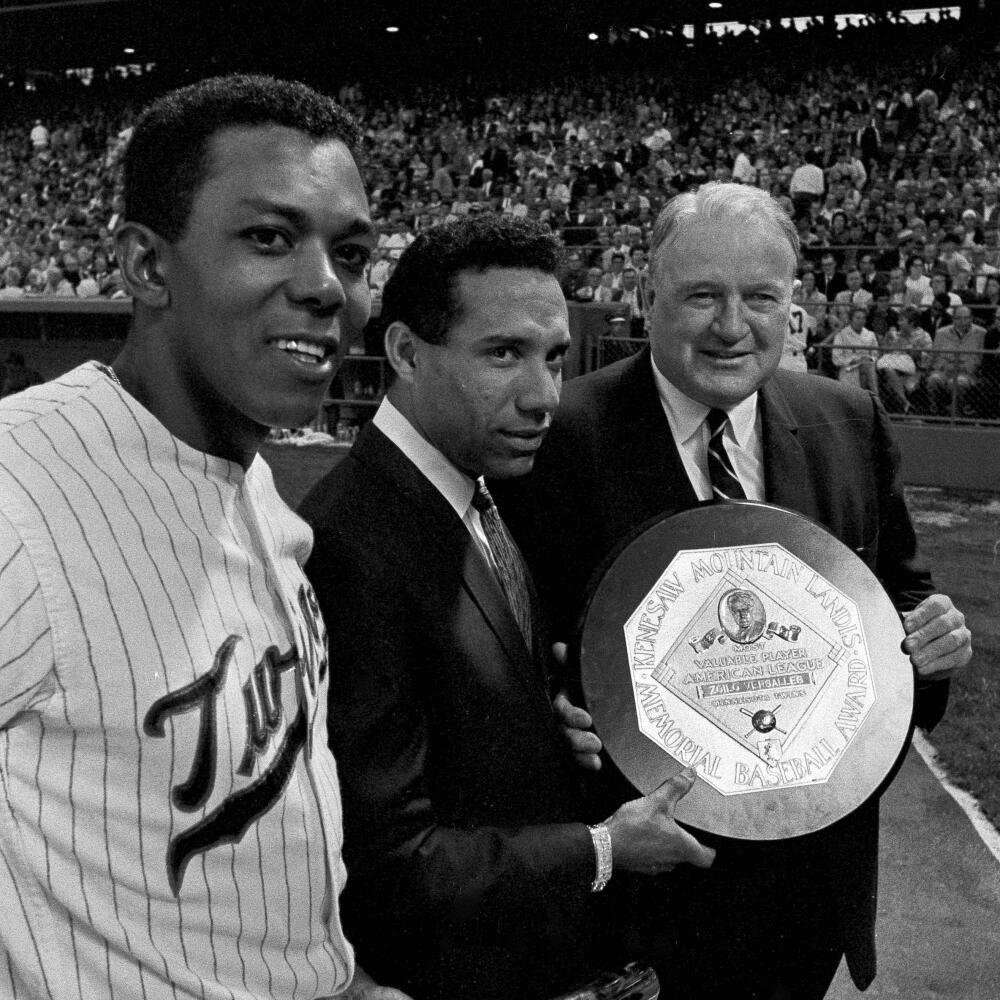
- Share via
It is unclear if Zoilo Versalles was nicknamed “Zorro” because of the way he played baseball or if it was easier for Anglo tongues to pronounce.
Intentional or not, there were more similarities between the masked swashbuckler and the shortstop from Havana besides consonants and vowels.
With his glove and base running, Versalles used his athleticism and quickness to establish himself as one of the most dynamic players of his era.
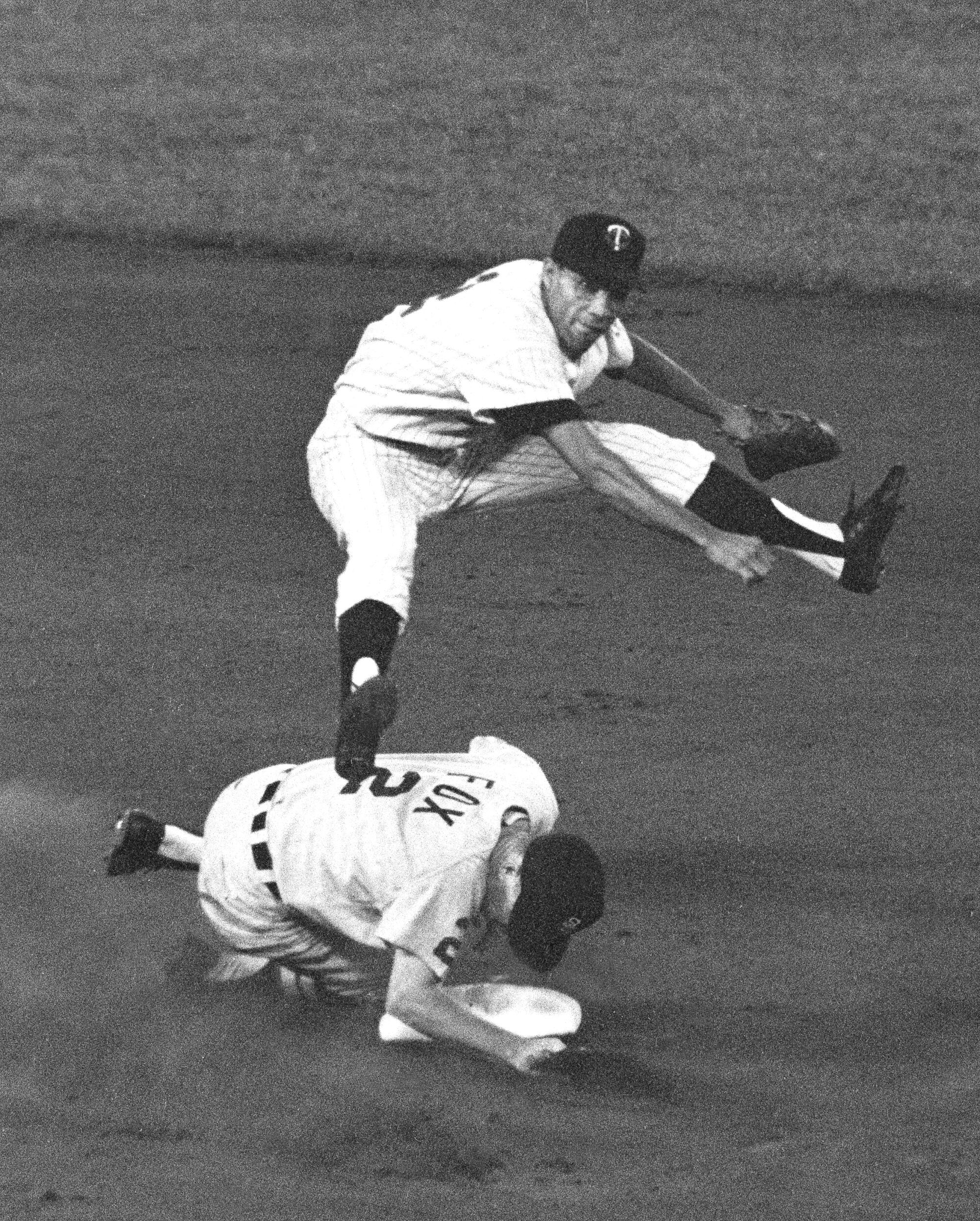
And much like Johnston McCulley’s fictional character, Versalles’ arrogance and gusto drew the ire of those who wanted to maintain the status quo.
In 1959, the year of his Major League debut for the Washington Senators, Versalles, at the age of 19, proclaimed, “In two or three years I’ll be as good or better than Luis Aparicio.”
Aparicio, the Venezuelan shortstop for the White Sox, was an All-Star, Gold Glove winner, stolen base leader and the first Latino to win MLB’s Rookie of the Year.
“This is akin to a teenager who has appeared in a few performances in a barn announcing that it’s only a matter of a brief time before she’ll be eclipsing Helen Hayes as an actress,” Burton Hawkins wrote in his column for the Evening Star newspaper titled “Zorro Is Aiming High.”
Quickness and confidence are where the Zorro comparisons ended. At the plate, the Cuban slugger was an imposing figure. Where Zorro depended on finesse, Versalles was more about brute force.
Versalles kept both hands on the bat as he ripped through pitches, emulating more of a battle-axe swing than a sword, a style that was more comparable to Gimli from “Lord of the Rings.”
Versalles played only 44 games in his first two seasons with the Senators. After the 1960 season, the team relocated to Minnesota and were renamed as the Twins.
The people of New Mexico were the first victims of the atomic bomb, the result of the Manhattan Project’s Trinity Test on July 16, 1945.
In his first season in Minnesota, Versalles played 129 games and solidified himself as the team’s starting shortstop. The team did not have a winning season in Versalles’ first three years with the team.
The 1962 and 1963 seasons finally saw the Twins have winning records, and Versalles was an All-Star and Gold Glove winner in the latter season.
Despite having winning records, the Twins failed to qualify for the postseason during those two seasons, and dipped below .500 for the 1964 season.
Enter Tony Oliva.
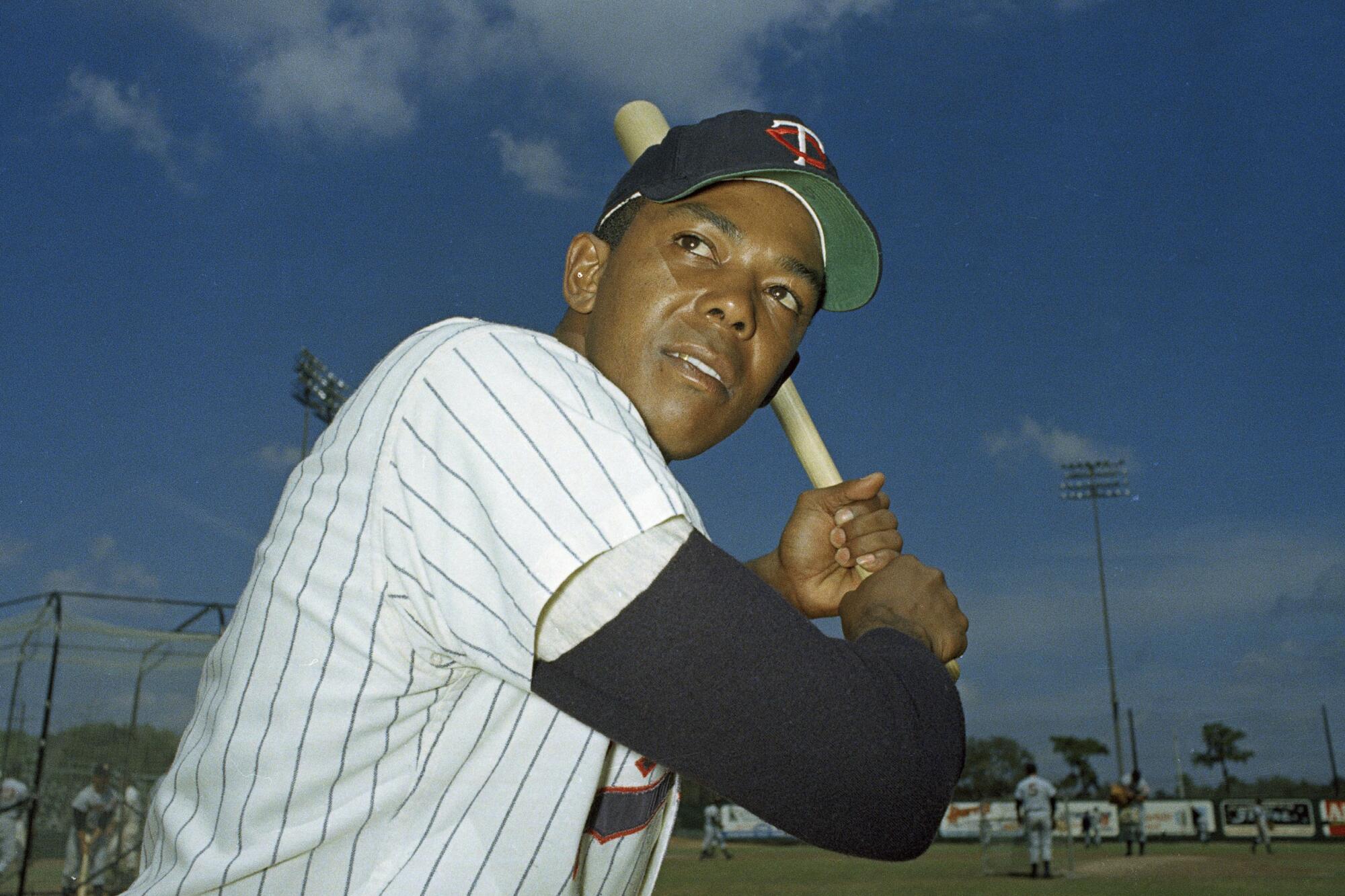
The Cuban right fielder was a year older than Versalles, but upon arrival to the U.S., there was a paperwork switch to make Oliva appear younger than he was to baseball scouts. Newspapers reported he was 18 when he was actually 21 at the time.
Oliva qualified as a rookie for the 1964 season because he had only played in a total of 16 games for the Twins over the previous two seasons.
Dubbed by Versalles as “the next Ty Cobb,” Oliva’s rookie campaign saw him lead the American League in runs, hits, doubles and batting average. Oliva won the AL Rookie of the Year award, made the All-Star team and finished fourth in MVP voting.
A new documentary on Oscar De la Hoya takes a look at his triumphs and demons and the sometimes difficult relationships in Latino families.
The Twins entered the 1965 season with a stacked lineup, but expectations were tempered due in part to their disappointing 1964 campaign.
The Twins finally reaped the benefits of their Cuban scouting with Versalles and Oliva leading the team to 102 wins and a postseason berth, its first since 1933 when the team was the Washington Senators.
The Cuban stars made the All-Star team along with four of their teammates: first baseman Harmon Killebrew, catcher Earl Battey, pitcher Mudcat Grant and outfielder Jimmie Hall.
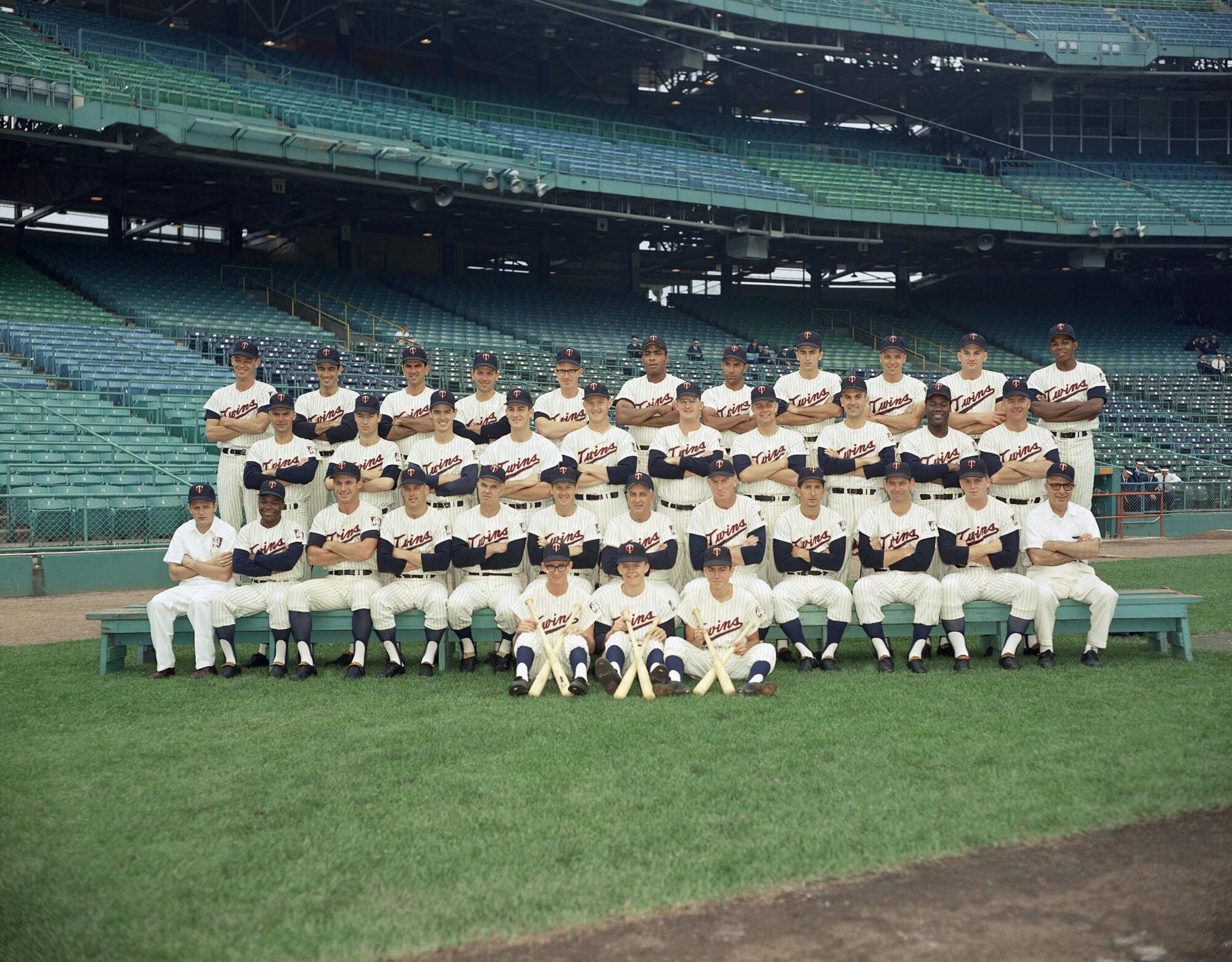
Versalles made the cover of Sports Illustrated’s World Series issue.
With the Cuban teammates putting up astounding numbers in the regular season, it was apparent the AL MVP would reside in Minnesota. But which one would win?
Their numbers in the 1965 season made the race seem closer than it was, but ultimately Versalles would take home the award in a landslide, winning 19 of the 20 first-place votes and became the first Latino to win the award. The only other vote went to his teammate and friend, Oliva.
Zoilo Versalles 1965 stats
Runs: 126
Hits: 182
Doubles: 45
Triples: 12
Home runs: 19
RBI: 77
Stolen bases: 27
Batting average: .273
Tony Oliva 1965 stats
Runs: 107
Hits: 185
Doubles: 40
Triples: 5
Home runs: 16
RBI: 98
Stolen bases: 19
Batting average: .321
It was also the first time two Black players had won MVP in both leagues with Willie Mays earning the National League MVP as a member of the San Francisco Giants.
Oliva still walked away with some regular season hardware, winning the Silver Slugger award for the second year in a row.
The Twins would eventually lose to the Dodgers in the World Series in seven games. The series is famously known for Sandy Koufax pitching three games, Games 2, 5 and 7, and throwing shutouts in the last two appearances on two days’ rest.
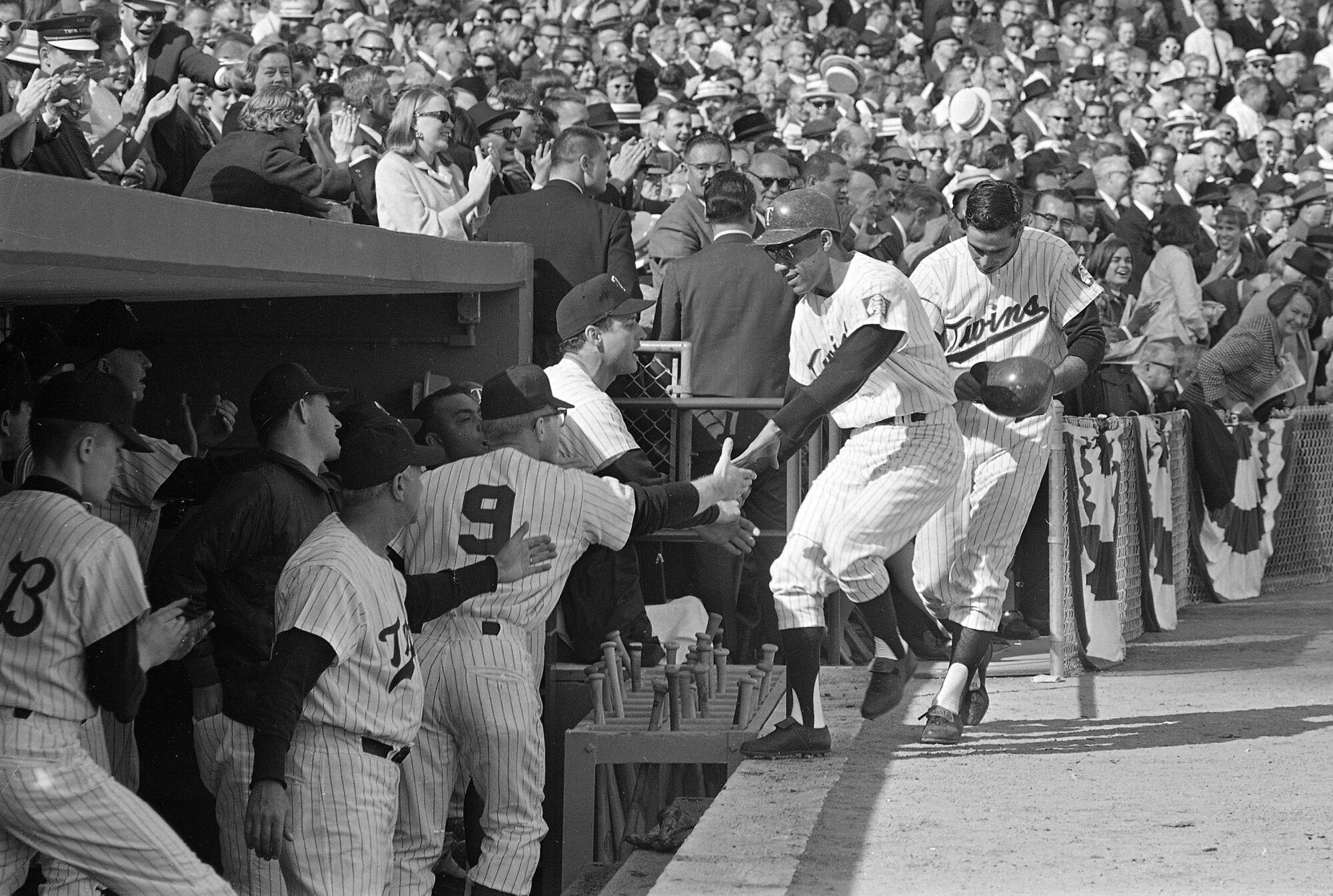
The rest of Oliva’s career is well documented. He had a 15-year career with the Twins as a player, then continued to be an integral part of the franchise as a bench and hitting coach. He was part of the coaching staff that won the World Series in 1987 and 1991. The team retired his number and he was inducted into the Baseball Hall of Fame in 2022.
Versalles’ decline began quickly after his MVP season, largely due to a back injury he sustained that would linger for the rest of his career.
After failing to make the postseason in the two seasons following their World Series appearance, the Twins decided to trade Versalles to the team that beat them the last time they made the postseason, the Dodgers.
Alyssa Thompson, who is half Peruvian, brings a dynamic approach to the U.S. team with her speed and grit.
It was with the Dodgers, while running out a ground ball, when Versalles would exacerbate his back injury. After his one season with the Dodgers, Versalles bounced around the league from team to team and had stints in the Mexican and Japanese baseball leagues. He retired in 1973.
By 1977, Versalles was working as a security guard at a bank in St. Paul, Minn.
Versalles, living off disability and Social Security payments, died on June 9, 1995, at 55 in Bloomington, Minn. An autopsy indicated that he died of arteriosclerotic heart disease.
“After playing a season in Japan in 1972, Versalles returned to the Minneapolis area but found it virtually impossible to make a living, partly because he had never learned to read or write English and partly because of the lingering effects of a back injury he suffered while running out a ground ball with the Dodgers in 1968,” the New York Times reported in Versalles’ obituary.
On the heels of his self-published “Action Hero Scouting Report,” De Los caught up with the multi-hyphenate to talk sports, television and movies, the WGA strike and other things.
“[Versalles] held a series of menial jobs, but lost his house to foreclosure and was eventually forced to sell his MVP trophy, his All-Star rings and his Gold Glove award,” according to the New York Times’ obituary.
Versalles was inducted into the Twins Hall of Fame in 2006.
Since Versalles’ MVP win in 1965, there have been 22 Latino MVPs in the MLB, and they make up 30.2% of MLB rosters in 2023.
More to Read
The Latinx experience chronicled
Get the Latinx Files newsletter for stories that capture the multitudes within our communities.
You may occasionally receive promotional content from the Los Angeles Times.


